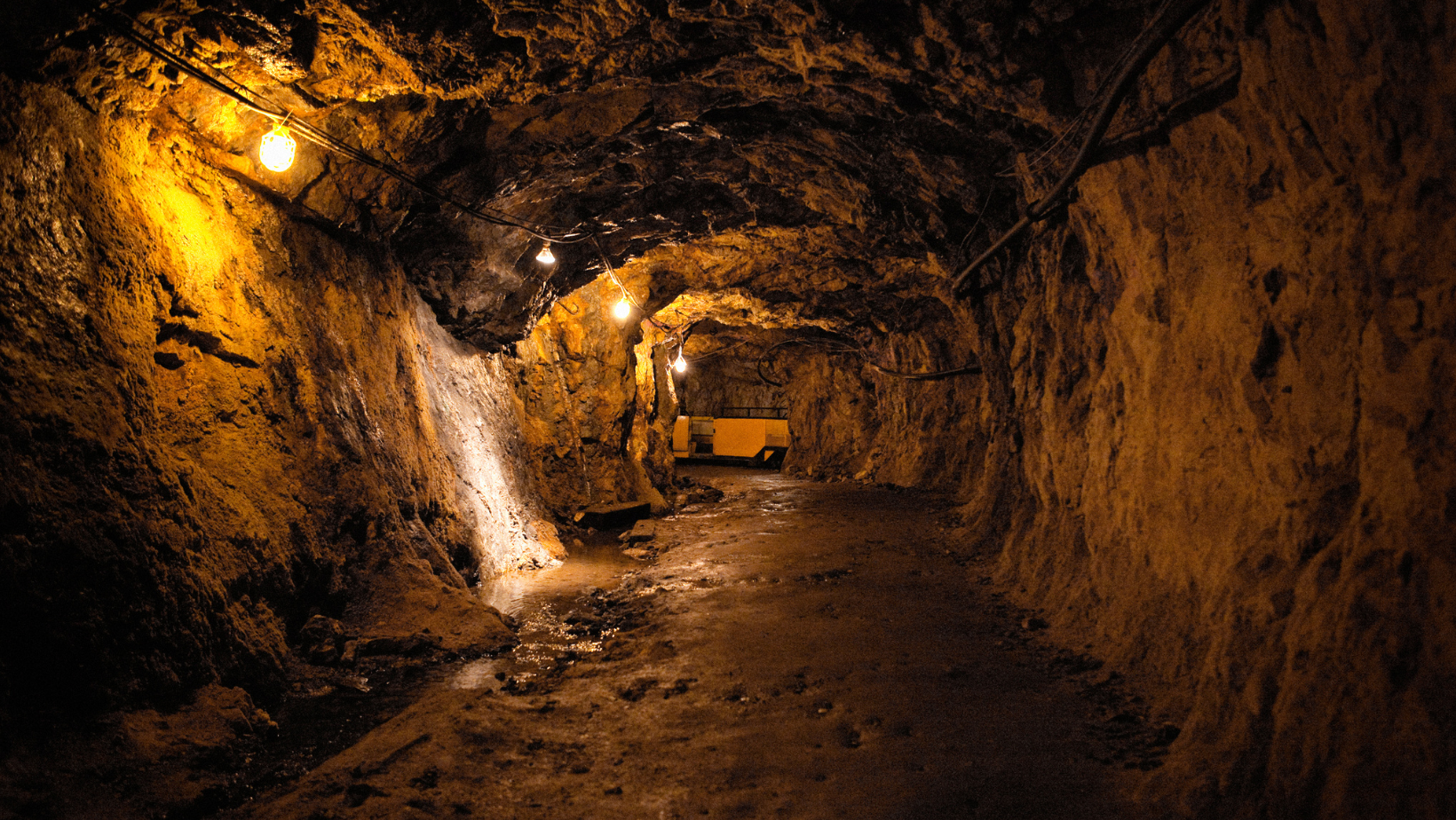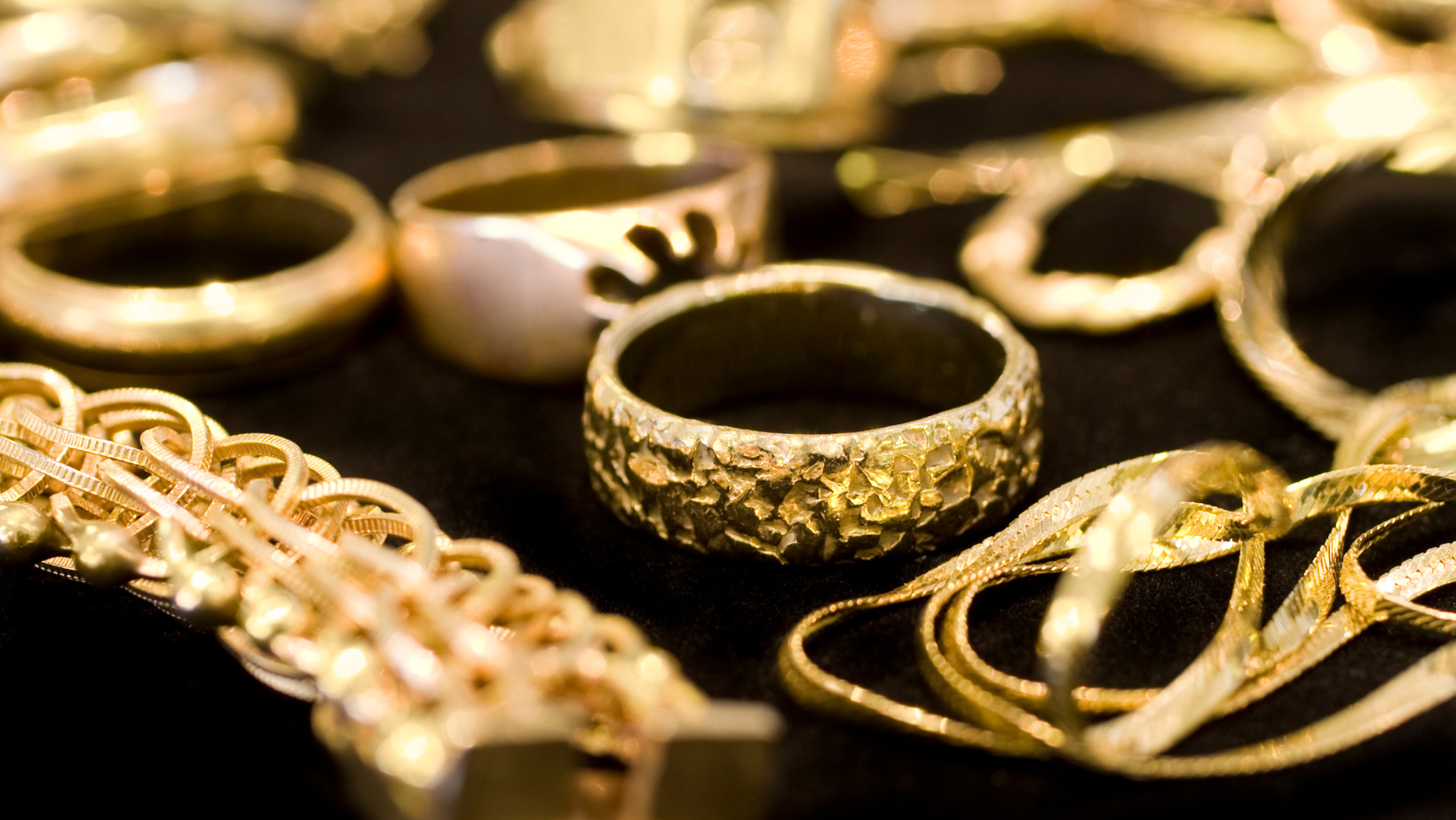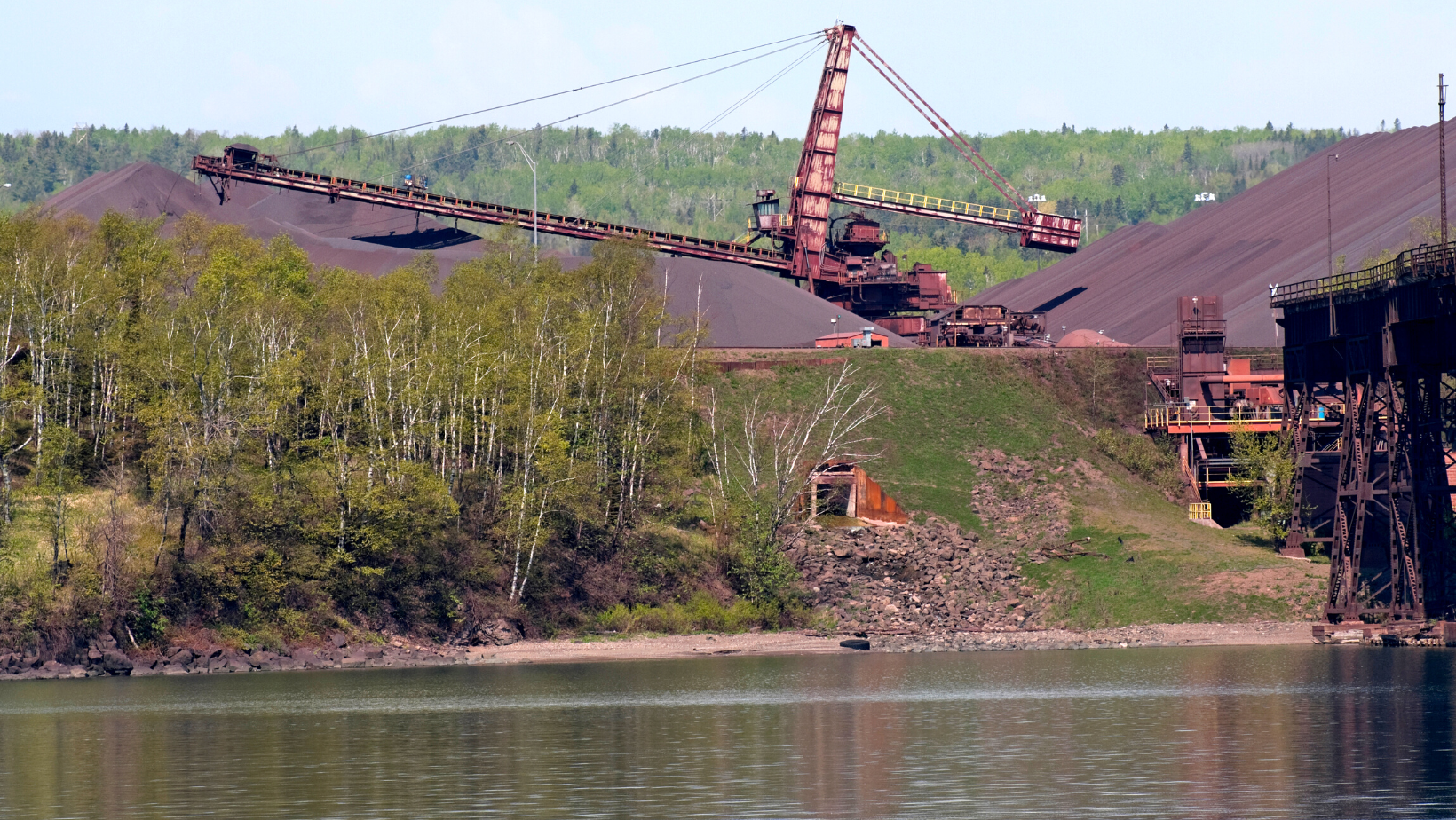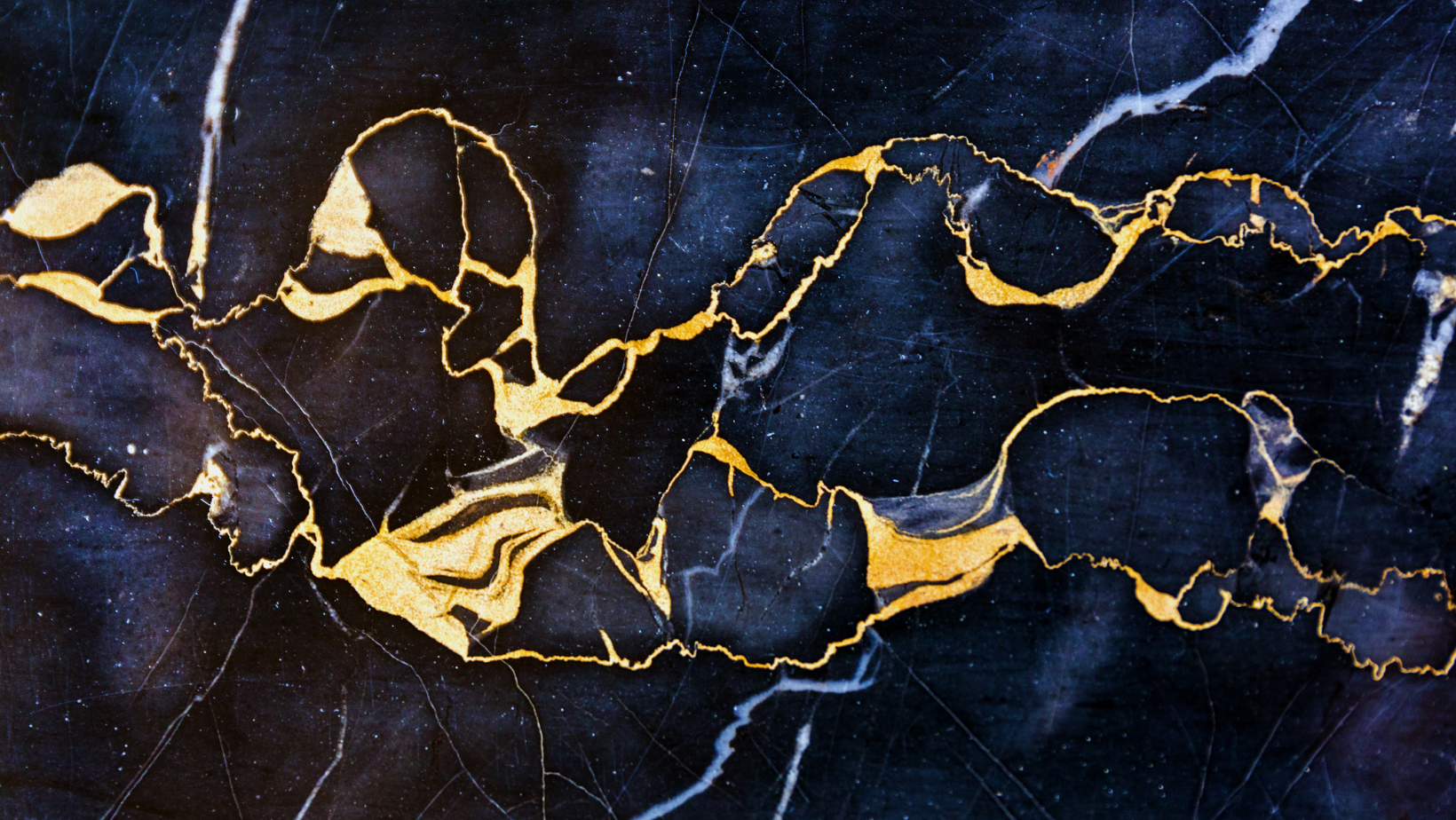Gold, a metal that has captivated humanity for centuries, holds a unique allure with its gleaming beauty and enduring value. The quest for this precious metal has led to the development of sophisticated mining techniques and a complex industry that shapes economies and landscapes alike. Embark on a journey with us as we explore the captivating world of gold mining, delving into the intricate processes, environmental considerations, and far-reaching impacts that define this captivating endeavor.
The Gold Guys: Where Trust, Expertise, and Community Come Together in Minnesota
We are incredibly proud and honored to have won a Bronze placement for ‘gold and rare coins’ from Minnesota’s Best in 2022. This was an incredible achievement for us, and we owe it all to our dedicated team and loyal customers.
Reasons to Sell Your Gold this Holiday Season
For centuries, gold has been seen as a symbol of status and wealth. However, in recent decades, the ownership and sale of gold jewelry has become increasingly commonplace. Today, virtually everyone owns at least one piece of gold jewelry. With this, people commonly sell their jewelry for cash instead of holding onto it. If you have outdated or unused gold jewelry, here are a few reasons why should look into where to sell it.
Mining in Minnesota: Gold, Taconite, and More
MN mining has a long history, beginning with the native peoples of Minnesota. The first European settlers to arrive in Minnesota found native people already mining the area’s iron ore.
Today, taconite mining is a major industry in Minnesota, responsible for $3 billion in annual sales and thousands of jobs. In 2016, the state of Minnesota approved a new 20-year lease for the state’s largest taconite mine, owned by Cleveland-Cliffs. However, taconite is not all that has been mined in MN.
What is Gold Used for?
Gold is a valuable metal that has been used for centuries to make jewelry, coins, and other objects. Today, gold is still popular for these same purposes, but it also has a number of other uses.





